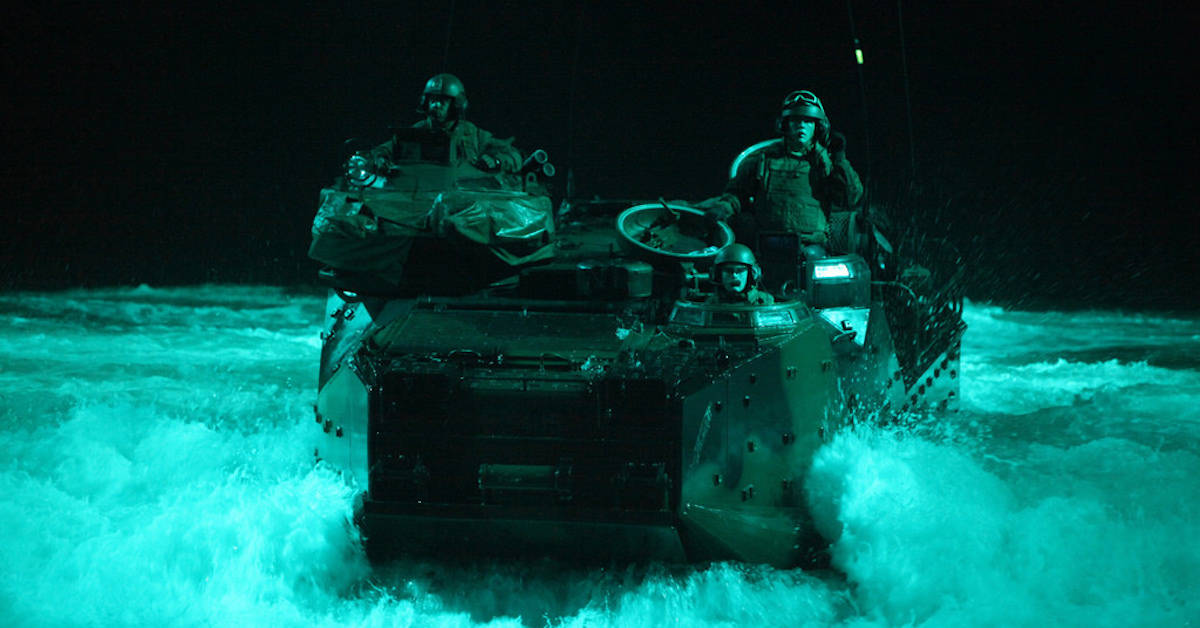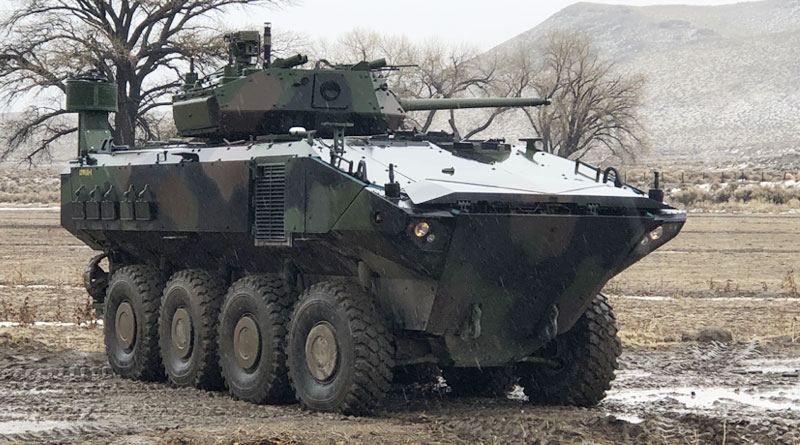USMC Amphibious Combat Vehicle

Introduction to the USMC Amphibious Combat Vehicle

The USMC Amphibious Combat Vehicle (ACV) is a new generation of amphibious assault vehicles designed to meet the evolving needs of the United States Marine Corps. The ACV is intended to replace the aging Assault Amphibious Vehicle (AAV) fleet, which has been in service since the 1970s. The new vehicle is designed to provide improved mobility, survivability, and firepower, allowing Marines to conduct a wide range of missions, from amphibious assaults to land-based operations.
Development and Acquisition

The ACV program was launched in 2011, with the Marine Corps seeking a vehicle that could provide improved performance and capabilities over the existing AAV fleet. The program went through several phases, including a technology development phase, a engineering and manufacturing development phase, and a production and deployment phase. In 2018, the Marine Corps awarded a contract to BAE Systems to produce the ACV, with the first vehicles delivered in 2020.
Key Features and Capabilities

The ACV is designed to provide a range of capabilities, including: * Amphibious capability: The ACV is capable of swimming at speeds of up to 6 knots, allowing it to conduct amphibious assaults and beach landings. * Land mobility: The ACV has a top speed of over 45 mph, making it highly mobile on land. * Survivability: The ACV has advanced armor protection, including a V-shaped hull design to deflect blast forces, and a range of other survivability features. * Firepower: The ACV is equipped with a range of weapons, including a 30mm cannon, a 7.62mm machine gun, and a 12.7mm machine gun. * Transport capability: The ACV can carry up to 13 Marines, plus a crew of three.
Operational Benefits

The ACV is expected to provide a range of operational benefits, including: * Improved mobility: The ACV’s advanced mobility capabilities will allow Marines to rapidly deploy and maneuver on the battlefield. * Enhanced survivability: The ACV’s advanced armor protection and survivability features will provide improved protection for Marines in combat. * Increased firepower: The ACV’s range of weapons will provide Marines with increased firepower and flexibility on the battlefield. * Better command and control: The ACV’s advanced communications and command and control systems will enable Marines to stay connected and coordinate their actions more effectively.
Variants and Upgrades

The ACV is expected to be produced in several variants, including: * ACV-P: The personnel variant, which will carry up to 13 Marines. * ACV-C: The command and control variant, which will provide advanced command and control capabilities. * ACV-30: The 30mm cannon variant, which will provide increased firepower. The Marine Corps is also planning to upgrade the ACV with a range of new technologies, including advanced sensors, communications systems, and unmanned systems.
🚨 Note: The ACV program is ongoing, and the vehicle is still in the process of being fielded and tested. As such, the capabilities and features of the ACV are subject to change.
Comparison to Other Vehicles

The ACV is designed to provide improved capabilities over the existing AAV fleet, as well as other vehicles in the Marine Corps inventory. Some key comparisons include: * AAV: The ACV provides improved mobility, survivability, and firepower over the AAV. * LAV-25: The ACV provides improved amphibious capability and survivability over the LAV-25. * M1 Abrams: The ACV provides improved mobility and firepower over the M1 Abrams, although it is not designed to replace the Abrams as a main battle tank.
| Vehicle | Top Speed | Range | Crew | Passengers |
|---|---|---|---|---|
| ACV | 45 mph | 250 miles | 3 | 13 |
| AAV | 30 mph | 200 miles | 3 | 25 |
| LAV-25 | 45 mph | 300 miles | 3 | 6 |
| M1 Abrams | 45 mph | 265 miles | 4 | 0 |

As the USMC continues to field and test the ACV, it is likely that the vehicle will play an increasingly important role in Marine Corps operations. With its advanced capabilities and improved performance, the ACV is well-suited to meet the evolving needs of the Marine Corps, and will likely remain a key part of the Corps’ inventory for years to come.
In the end, the ACV represents a significant improvement over the existing AAV fleet, and provides the Marine Corps with a highly capable and flexible vehicle for a range of missions. With its advanced mobility, survivability, and firepower, the ACV is an important addition to the Marine Corps’ inventory, and will likely play a key role in shaping the future of amphibious warfare.
What is the primary purpose of the ACV?

+
The primary purpose of the ACV is to provide a highly mobile and survivable vehicle for amphibious assaults and land-based operations.
How does the ACV compare to the AAV?

+
The ACV provides improved mobility, survivability, and firepower over the AAV, and is designed to replace the AAV fleet.
What are the key features of the ACV?

+
The ACV has a range of key features, including advanced armor protection, a V-shaped hull design, and a range of weapons, including a 30mm cannon and 7.62mm machine gun.



